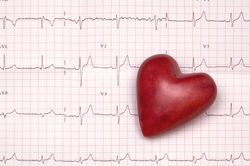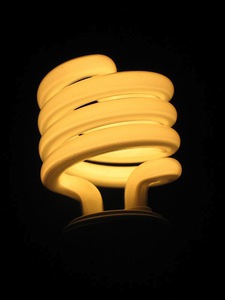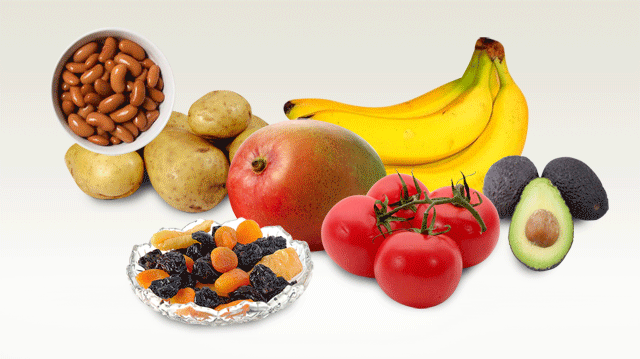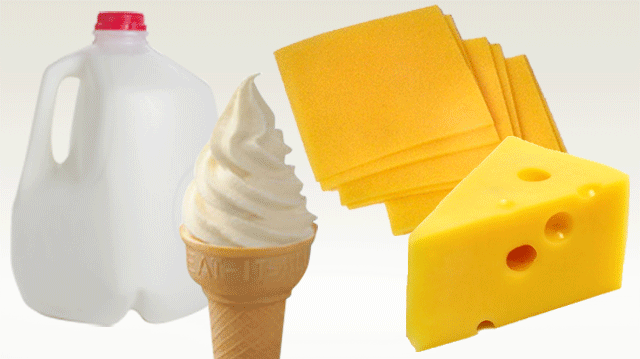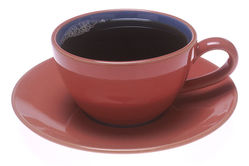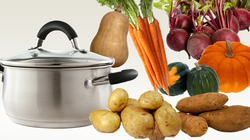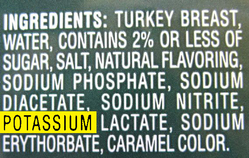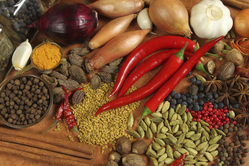What is Potassium?
It is a mineral that helps your whole body work the way it should. It’s like a power cord that lets your nerves talk to your muscles. This includes your heart muscle. Potassium controls your heart rhythm. You need to have potassium in your blood in very precise amounts at all times.
Potassium is an Electrolyte
In your blood, potassium is an electrolyte. It helps all of your muscles work. But, if your kidneys don’t work as well as they should, they can’t remove excess potassium. It can build up in your blood to unsafe levels. One way to prevent this is to eat less potassium in your diet so there is not as much for your kidneys to remove from your blood.
Limit High Potassium Foods
Dried fruits—like raisins and apricots—and tropical fruits have a LOT of potassium. Beans, potatoes, tomatoes, and avocados have a lot of potassium, too. Most salt substitutes also have potassium. Use this Potassium Handout* from the National Kidney Disease Education Program to learn more about foods with potassium.
If you take a diuretic, your doctor may change your dose or check your blood potassium often. To learn more about diuretics, visit the Blood Pressure Medicines topic.
* Links will take you outside of the Department of Veterans Affairs website. VA does not endorse and is not responsible for the content of the linked websites.
Limit High Potassium Dairy Foods
Dairy foods like milk, cheese, and ice cream, can also have a lot of potassium. In some parts of the U.S., you can buy “diabetic” milk at the store. This type of milk has less sugar, phosphorus, and potassium. If you can find it, it may be a better choice for you. Talk to your dietitian about how much dairy to include in your diet.
Soak Vegetables to Remove Potassium
Some vegetables are high in potassium, too, like potatoes, carrots, hard squash, beets, and sweet potatoes. This doesn’t mean you can never eat these foods. If you plan ahead, you can lower the potassium. Cut the foods into small pieces and soak them in lots of water for at least 4 hours, or overnight. Drain out the water, rinse with fresh water, then cook. Soaking can remove as much as 3⁄4 of the potassium, which can put these foods into the safe range for you. Or, boil them for 5 minutes and drain out the water to remove some potassium.
Some canned fruits or vegetables can be drained and rinsed to have less potassium, too.
Avoid Salt Substitutes—They Have Potassium
Salt substitutes may be high in potassium, which is harmful for you. If you need to watch your sodium, it’s better to use herb products, which come in lots of flavors. To learn more about sodium, visit the Pay Attention to Your Sodium and Fluid topic.

You've reached the end of this topic:
Potassium
- Potassium is an:
Not scored Electrolytes control nerve signals in your body.
- If your potassium levels are too low or too high, it can affect your:
Not scored Potassium levels must stay in a tight range in your blood. Too much or too little can change your heart rhythms.
- Which of these foods have a lot of potassium?
Not scored Be careful not to each too much of these foods.
- How can you remove potassium from some vegetables?
Not scored You can have more of your favorite foods if you remove some of the potassium first.
- This beverage has a lot of potassium:
Not scored Coffee has 116 mg of potassium per cup. If you love coffee, you may need to cut back to keep your potassium in the safe range.













